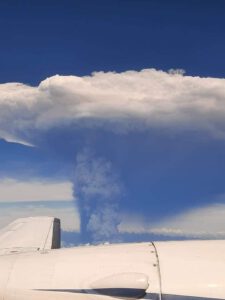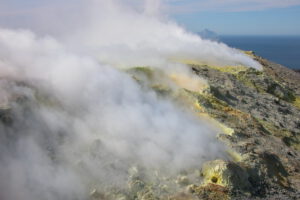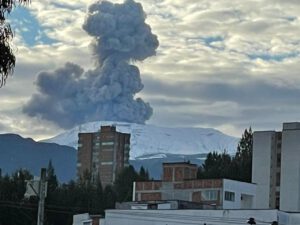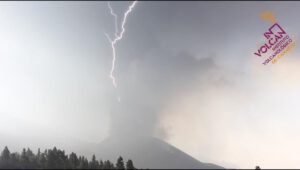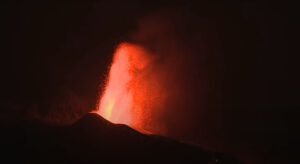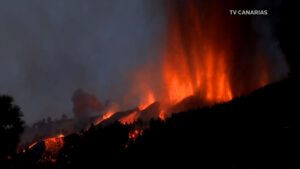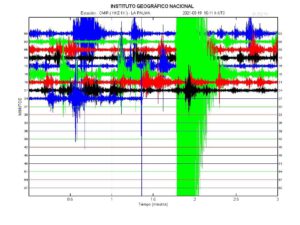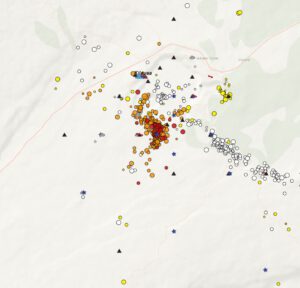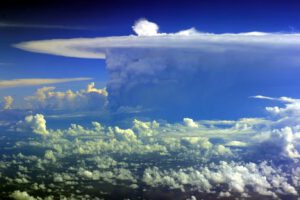Country: France | Coordinates: 21.23, -55.71 | Eruption: flank eruption
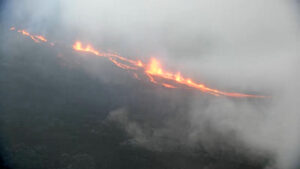 Tonight a seismic crisis started at Piton Fournaise caused by rising magma. Only one hour later the tremors reached the surface and tremors started. An eruption had begun. At least 3 eruptive fissures had opened on the southern flank of the volcano. Several small lava fountains were formed feeding lava flows. Due to bad weather, no further details are known yet. The eruption started relatively unexpectedly, although there had already been 2 seismic crises in the last months without an eruption following. Apparently, some magma had already collected underground and now it made the breakthrough.
Tonight a seismic crisis started at Piton Fournaise caused by rising magma. Only one hour later the tremors reached the surface and tremors started. An eruption had begun. At least 3 eruptive fissures had opened on the southern flank of the volcano. Several small lava fountains were formed feeding lava flows. Due to bad weather, no further details are known yet. The eruption started relatively unexpectedly, although there had already been 2 seismic crises in the last months without an eruption following. Apparently, some magma had already collected underground and now it made the breakthrough.
